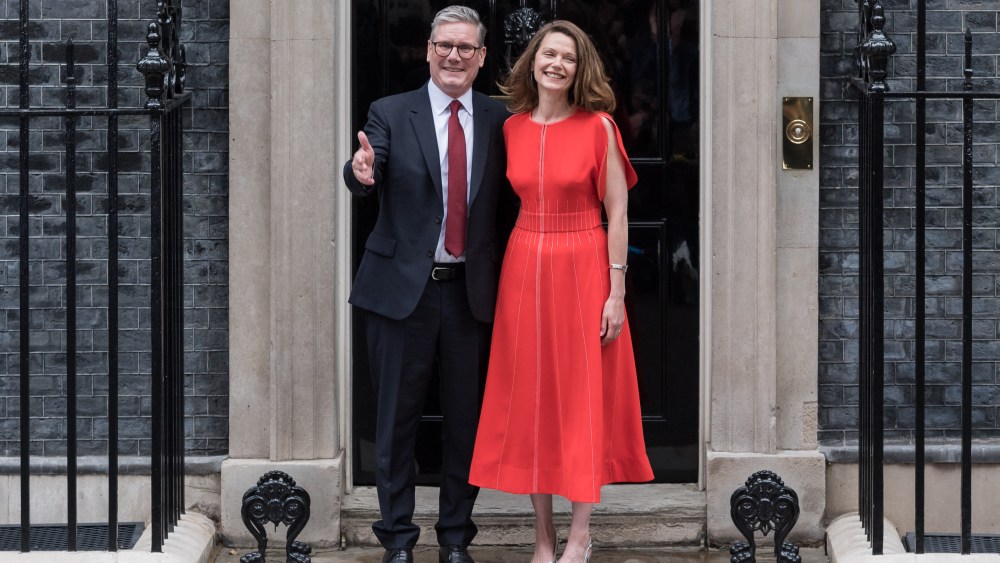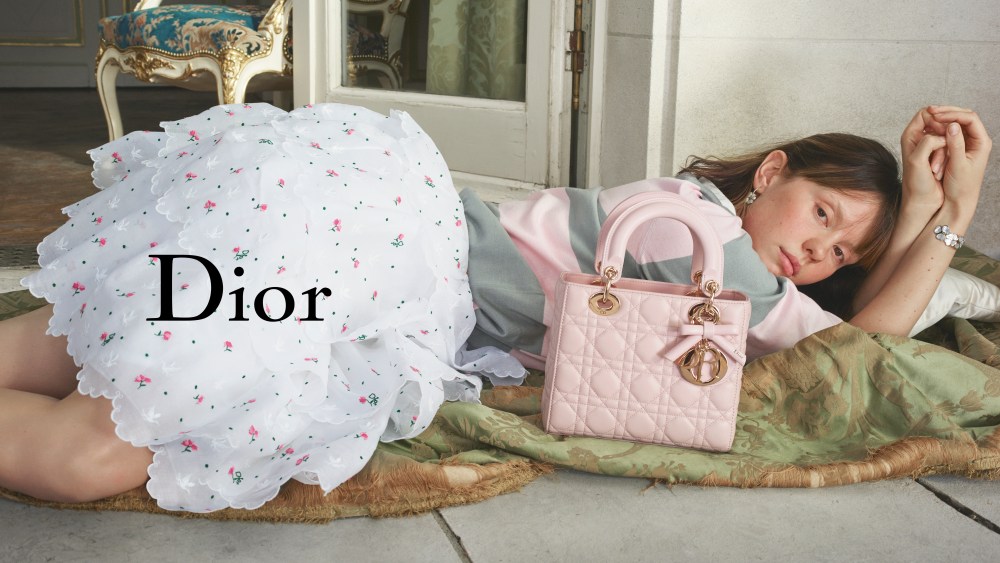LONDON — It’s out with Rishi Sunak’s Prada shoes and Henry Herbert suits at No. 10 Downing Street and in with Sir Keir Starmer’s British suits from Charles Tyrwhitt, as the leader of Britain‘s Labour Party and the country’s new prime minister enters his new residency.
Sartorial style and public image along with Brexit, COVID-19, post-pandemic crises, and a string of political scandals have become hot topics in British politics.
Starmer held Labour’s election night at the Tate Modern museum, the location of Gucci’s cruise 2025 show in May and a thumbs-up from the new government about the future of arts funding in the U.K.
You May Also Like

His victory uniform was typical Starmer: a navy suit with a crisp white shirt, thin frame glasses and a red necktie, nodding to Labour’s signature color.
Entering No. 10 Downing Street with his wife, Lady Victoria, the new prime minister changed into another variation of his uniform, while his wife switched from a white crop bouclé jacket at the Tate Modern to a bright red Me+Em dress for her initial steps as first wife.
Starmer, unlike his controversial predecessors Boris Johnson and Liz Truss, both of the Conservative Party, has raised more eyebrows with his views than his presentation.
The 61-year-old prime minister is a fan of Charles Tyrwhitt, the brand founded by Brexiteer Nick Wheeler. Starmer has worn a jacket that retails for 150 pounds and trainers that sell for 119.95 pounds from the brand and has even been photographed in a black zip jacket from Sandro.
So far his wardrobe budget hasn’t exceeded 600 pounds per outfit and it’s likely it will take some time until the public sees him in a Paul Smith suit or a tailored Savile Row number.

There’s nothing stylistic about the new prime minister, apart from his freshly trimmed salt-and-pepper hair and clean-shaven face that in any other country would go unnoticed. But ever since Johnson’s signature mussed hair entered No. 10 Downing Street, all eyes are on the face.
“A grooming regime needs to be kept consistent [in a role such as prime minister]. Once grooming regimes start to slip, then that’s when it gets everyone talking,” said Jake Wanstall, a hairstylist at Larry King’s London salon.
“[A clean shave and trimmed hair] looks more reliable and professional,” he added.
Starmer’s stance is all about relatability, which is what the Labour Party is gunning for, too.
Ahead of the general election that took place on July 4, the normally private Labour leader opened up to the British press about his life. He granted The Sunday Times newspaper time to follow him around on the campaign trail; he went to a soccer match with the Daily Mail’s supplement magazine You, and even went for lunch with The Financial Times.
Starmer in power is giving brands, trade organizations, entrepreneurs and creatives optimism that a growth-minded Labour government might give them the boost they need to build their businesses, profiles and relationships internationally.
Labour has been cozying up to business and pitching itself as a party of growth and economic stability.
Although some radical elements remain, Labour isn’t the old-fashioned lefty organization it once was. Starmer has made sure of that, as has his future Chancellor of the Exchequer Rachel Reeves, a former economist for the Bank of England who has taken pains to get Britain’s banking and finance community on their side.
The work has paid off and the party has won support from former Conservative donors including mobile phone magnate John Caudwell, and the billionaire owner of fashion brand Belstaff, Sir Jim Ratcliffe. Labour has even met with principals of Shein, the Singapore-based fast-fashion giant that is said to be looking to list on the London Stock Exchange this summer.


